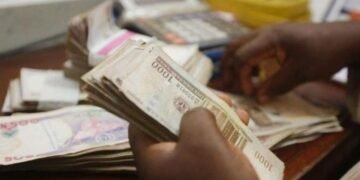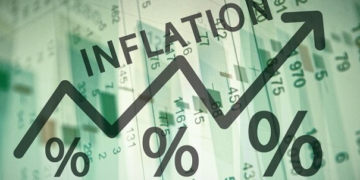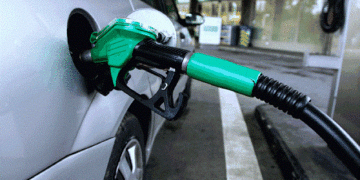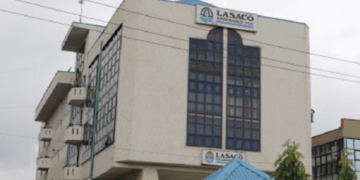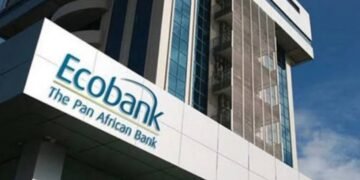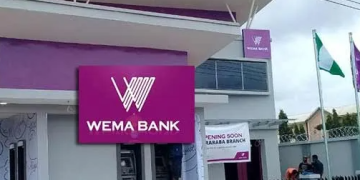The importance of rain and its role in crop farming cannot be over emphasized. Crops need moisture to grow and this they get either naturally (rainfall and river banks) or artificially (irrigation). The agricultural landscape in Nigeria is more dependent on the natural moisture source than artificial source.
Majority of farmers, and most especially, smallholder farmers, determine farming seasons by rainfall. This, they call wet season. Those who are able to farm during the dry season are very few when computed in percentage. They are largely, the commercial, big time farmers.
- Read also; Enrollment for NIRSAL AGROGEOCOOP Formation Exercise
- UBA National Essay Competition 2020 for all Senior Secondary School Students – ₦2.50Mn grand prize
Recently, there has been a dearth of rainfall in Nigeria and most especially around the Southwest axis. For more than two months now, there has been no rains in this zone. This is largely affecting farmers in their numbers. This writer was in Osun State last week and visited some farms to have first hand information on the effects of the lack of rain on the farms.

Image: Effects of draught on land for agriculture. Source: FAO
The farmers massively lamented the dwindling fortunes in their small businesses occasioned by this dearth. It was very visible the deteriorating conditions of the crops. Some planted newly before the rains stopped and had to manage manual irrigation for some time. But those who have up to one hectare of land are finding it very difficult to do manual irrigation due to the stretch-out; and this comes at an extra cost. Most of the plants are no longer green but somehow yellowish due to excessive sunlight with no moisture to maintain their roots.
This has far reaching effects on both food security in Nigeria and the largely single income stream for these farmers. The major consequence of this would be the scarcity of foodstuff in the market. A certain positivity is identified here for those farmers who are already on irrigation systems. They determine market prices at the moment.
Take an instance with vegetables. Off-takers and wholesalers are combing every bush in search of where to buy vegetables from farmers. When they eventually see, it is exorbitant. Ewedu vegetable used to cost around N1,000 for a set of twelve bunches around this time. During the dry season (off-season), it is usually around N5,000 to N6,000 but right now it is around N3,500. This trickles down to the final consumer who buys from the local food market.
Secondly, by the time we usually have abundance, there will be some scarcity thereby stretching the duration of off-season prices. Who bears this the most is the final consumer. It goes round to other crops like pepper, tomatoes, cabbage, lettuce, onions, etc. The list is long but the bottom line is same.
The better-off at the moment are the farmers using greenhouses but how many families can they feed? Again, most greenhouse farmers supply to the closed markets like retail shops and supermarkets. This, again, is their boom season unless they have a strategic alliance with these shops that allow them supply at an agreed rate for an agreed duration.
Thirdly, it is largely going to affect seeds sellers because by the next planting season, there may be less seeds to sell to farmers. Smallholder farmers who do not buy seeds from commercial sellers are currently not harvesting and as such not drying for the aforementioned purpose. This translates to scarcity as at when needed.
Every perceived adverse situation comes with some glimmer of hope orchestrated by necessity. Most farmers who mean business have resorted to looking for ways to install irrigation systems in their farms to forestall a reoccurrence. Climate change is real and no one can comfortably predict where its futuristic pendulum would tilt.
The farmers who discussed with this writer were of the view that irrigation is the way to go right now. Most of them whose farms where situated near rivers, streams and ponds said they would have to go for rain guns while those on flat lands opted for other irrigation systems like deep irrigation.
Merchants of irrigation kits are equally having some good time and making the prices so high for farmers on the pretext of Dollar exchange rate. Agribusiness is a value chain and what happens in one chain affects the rest. Inasmuch as farmers are using this opportunity to key into using irrigation systems, they are doing so at a huge capex.
Installation of a drip irrigation system with the kits for an acre of land would usually go for about N200,000 but now it goes for between N250,000 and N300,000. Yes, and most smallholder farmers cannot afford it. They have the land, they have the seeds, they have the skills, they have the energy but they cannot boost production with irrigation.
The farmers beckoned on government to come to their aid by subsidizing the irrigation kits. They lamented that accessing the loans from the Federal Government was not coming so easy. Lots of bottlenecks are making it difficult to get these funds, and, this is largely due to the pandemic which made the FG to focus more on COVID-19 palliatives to her citizens including these farmers.
In the opinion of this writer, this is the period for smallholder farmers to come together in cluster farms so as diffuse the burden of the cost by smaller, broken-down contributions towards acquiring these systems. Rain guns are better in this instance because they are movable and can cover large expanse of farmlands. By the time the pandemic is over, the FG may look into how to partner with these farmers for better ease of doing business.
Written by:
Edokobi, Azuka Stephen (+234 803 553 5948)









